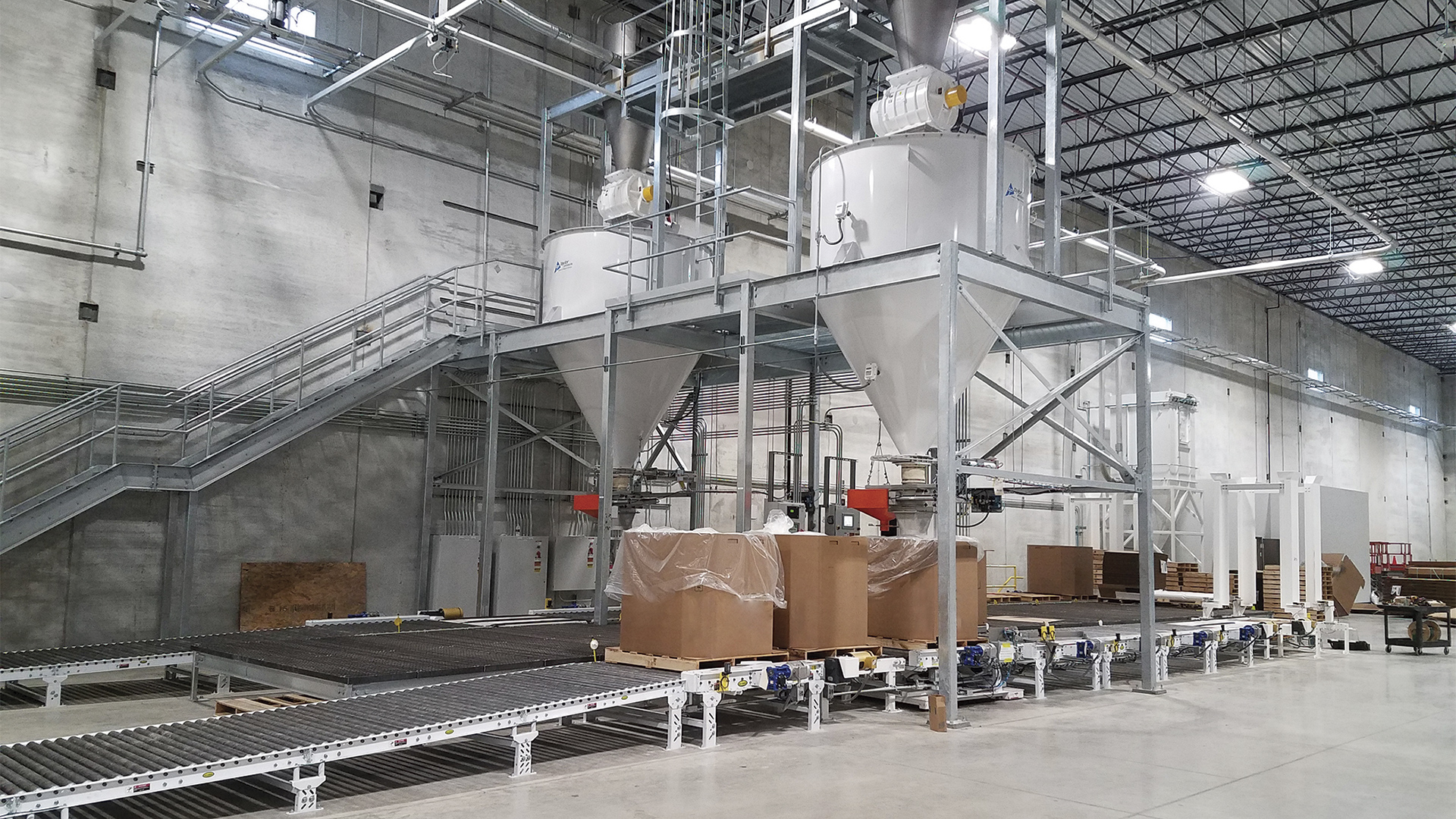

Mike Abare, Technical Sales Manager, Magnum Systems, explores how conveyor systems can be used effectively in the transfer of products, and advises on the best process for starting a new project.
A conveyor is defined as a contrivance for carrying objects from place to place. Conveyor systems are exceptionally versatile, and can be designed to accommodate a wide range of applications and materials to be conveyed. Conveyors range from basic free-rolling mechanical conveyors to complex automated conveyors. Some of the most common types of conveyors include belt conveyors, roller conveyors (free rolling or motor powered), screws/augers, drag conveyors, pneumatic conveyors (pressure or vacuum), robotics, and more.
When choosing an industrial conveyor, several criteria must be considered. The material’s characteristics, such as bulk density, cohesiveness, temperature, moisture content, particle size, degradation, and abrasion are important to review. Other considerations include distance, the volume of material, cross-contamination, power requirements, and space considerations. Creating viable solutions might require additional equipment to integrate the conveyors (i.e. staging and pacing conveyors, surge hoppers, isolation valves, and more).
Click below to download the full case study utilizing pneumatic conveying to transfer abrasive products from PD trucks to storage silos and pressure dense phase conveyance from the silo skirts into the packaging area.